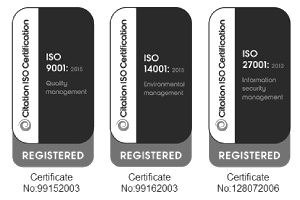Oxford City Council - Recent EV Event
The benefits, barriers and intricacies of installing electric vehicle infrastructure were the focus of a recent well-attended event in Oxford run by the City Council alongside APSE Energy. The intention was to share the learning of a pilot project run by the city to install 6 different charging options across the authority. It looked at the practicalities of how the Council could encourage local people to invest in low emission vehicles and so address the air quality issues within the city. As you can imagine, a range of issues emerged from where on the pavement to site the chargers, to ownership of the assets in a two-tier authority, to discussions between neighbours about where cars should be parked within the confines of a terraced street!
With all of the major car manufacturers mainstreaming electric vehicles and significant research funding into batteries, alongside the cut-off dates for fossil fuel engines, the writing is on the wall for the combustion engine. The contribution that electric vehicles make to improving air quality is one reason for local authorities to invest in them directly, as well as prompting their citizens to invest, but there are many lessons to be learnt. Councils must liaise closely with their other tier councils if in two-tier areas, as well as neighbouring councils. The vehicle owner won’t be concerned with which local authority the charger is found in whilst commuters may travel between council areas and so bring the emission with them. The receiving council may see the benefit of investing or supporting a neighbouring council to remove the problem at the source. There is a huge job to be done in terms of behaviour change – charging etiquette (health and safety in other words!), parking, ‘ICEing’ (when an Internal Combustion Engine (ICE) vehicle parks in a space that is designated for electric vehicle charging), enforcement and more. Operational issues around grid connections and local energy network capacity also need attention. Furthermore, there is no official data on numbers of electric vehicles within a specific authority boundary so planning for demand is not clear-cut.
So, we know electric vehicles are coming - from about 150,000 today to 1 million by 2022 and virtually every car on UK roads will be electric by 2040 – and we need to be ready for them. Like all new shifts in technology and behaviour, there is a lot to learn. Local authorities have a role to play as both users and influencers.
If you need some help APSE Energy can support you.

.png)



.png)